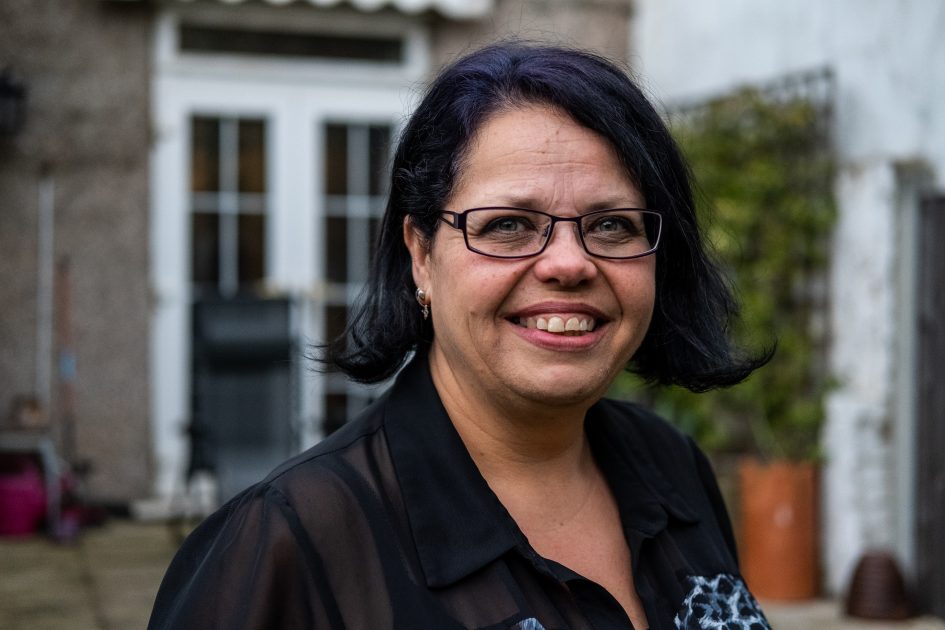It’s never been harder to make informed decisions about how we eat. As our increasingly busy lifestyles necessitate more convenience foods and less cooking from scratch, identifying what constitutes a “healthy” meal and managing our weight effectively isn’t always possible.
Take hidden sugars: they’re everywhere we look, added in large quantities to all manner of “health foods” (granola, packaged fruits, salad dressings, yoghurts) and, to complicate matters still further, given a baffling array of different names – dextrose, barley malt, agave nectar, ethyl maltol – the list goes on (and for quite some time).
So we may, perhaps, rely instead on a long established way of moderating our diet: counting calories. But here too, things are not as simple as they seem. The calorie, as a measure of energy consumption, cannot accurately determine the effect of any particular food on weight gain or weight loss. We digest and metabolise calories in a number of different ways; 1000 calories of complex carbs each day, for example, produces very effects on our waistlines to 1000 calories of protein. The time of day we consume those calories presents another variable. Then there’s the calorie count itself: one US study found that labels on American packaged foods (legally) misstate it by an average 18%, and it can vary further still depending on the preparation.
While around two thirds of products on supermarket shelves do now display their nutritional content more clearly in the form of traffic light labelling, currently only voluntary in the UK, whether consumers are consequently making healthier purchasing decisions remains to be seen. A can of coca cola, for example, contains 39 grams of sugar, more than one and a half times the entire recommended daily intake for a 7-10 year old – yet the can displays three green lights out of four. Childhood obesity, meanwhile, continues to rise.
Best to find some advice we can rely on, we may think, in the same place we look for everything else: Dr Google. But online searches make things no less complicated. University of Glasgow research published earlier in 2019 found that of the nine most popular online influencers making claims about weight management, several of whom are Twitter Verified implying celebrity status, only one of them provides accurate and trustworthy information.
The rest instead provide opinion presented as fact or fail to provide evidence-based references for their claims. Of the 10 most recent meal recommendations published by each of the influencers, the research found, not a single one met PHE criteria on nutrition. The same can be said even of ostensibly more credible national media titles; some publish highly misleading headlines on the best diet for people with Type 2 diabetes almost daily.
When the guidance we use to help us make the best choice, whether in the form of ingredient lists, nutrition information on packaging, online searches or whatever else, breaks all four of the fundamental rules of successful behaviour change – it isn’t easy, nor attractive, nor social, nor timely (E.A.S.T) – is it any wonder so many of us struggle to lose weight and keep it off?
There may, however, be a solution in the making – and it’s already in our pockets. Our smartphones have made it possible to access weight loss support that does take the E.A.S.T principles into account. Digital health platforms expanding across the UK and beyond allow people to find out from an expert health coach how they can fit genuinely healthier food into their normal routine, via in-app instant messaging, over the phone or on a video consultation.
Unlike scouring the web, waiting in line for a five minute GP appointment or shelling out for a private dietitian, digital health platforms make managing our weight Easy, by reducing the “hassle factor” in providing access via a link to a 30 second sign-up page provided directly to the user via email or SMS. A friendly expert can then be on hand to offer guidance instantly, any time and anywhere, simplifying a change in lifestyle by breaking down long term, sustainable behaviours into small, manageable steps.
They’re Attractive; regular user experience (UX) audits ensure every element of the digital healthcare journey puts the user first. That means using human, conversational language that everybody can understand, removing any unnecessary actions required on the part of the user, personalising “touchpoints” wherever possible and, crucially, taking negative feedback on board.
They’re Social; talking to other people about our behaviour can be a strong influence on the choices we make. Users have an expert on hand do that whenever they like. By making a firm commitment to another person to achieve a health goal, users are likely to be more confident, motivated, autonomous in making changes.
And they’re Timely: through push notifications and automated emails digital health platforms can provide encouragement to stay on track when people are likely to be most receptive, taking social, environmental, cultural and a whole range of other factors into account – and help people plan their response when they may be about to slip up.
As digital health technologies steadily mature, a raft of UK start-ups are currently providing these platforms and programmes through the NHS, for people diagnosed or at risk of Type 2 diabetes. For the first time, they’re making long term, sustainable lifestyle change possible for a group that stands to benefit the most from it. Thousands of people have been empowered to better manage their health already – but the potential is much greater than that.
In the coming years we’ll see digital health providers partnering with health insurers, employee benefits providers, local council services, even governments – to make simple, effective weight management support available for anyone who needs it. The result? A large scale shift in attitudes towards diet and lifestyle, a better understanding of our nutrition en masse, and ultimately, a healthier nation.




